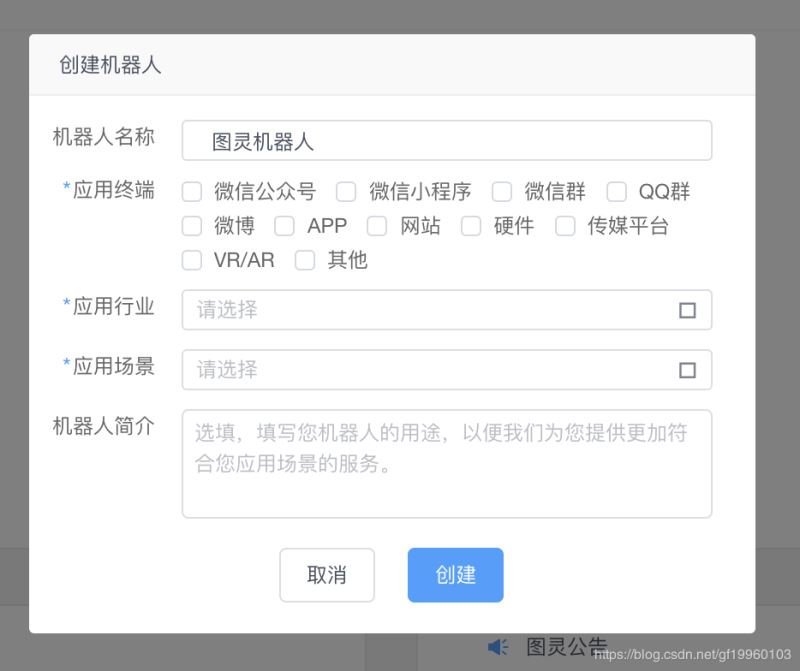python3字符串操作总结
介绍Python常见的字符串处理方式
字符串截取
>>>s = 'hello' >>>s[0:3] 'he' >>>s[:] #截取全部字符 'hello'
消除空格及特殊符号
s.strip() #消除字符串s左右两边的空白字符(包括'\t','\n','\r','')
s.strip('0') #消除字符串s左右两边的特殊字符(如'0'),字符串中间的'0'不会删除
例如:
>>>s = '000hello00world000'
>>>s.strip('0')
'hello00world'
s.strip('12')等价于s.strip('21')
例如:
>>>s = '12hello21'
>>>s.strip('12')
'hello'
lstrip,rstrip 用法与strip类似,分别用于消除左、右的字符
字符串复制
s1 = 'hello' s2 = s1 # s2 = 'hello'
若指定长度
s1 = 'hello' s2 = s1[0:2] #s2 = 'he'
字符串连接
s1 = 'hello' s2 = 'world' s3 = s1 + s2 #s3 = 'helloworld'
或者
import operator s3 = operator.concat(s1,s2) #concat为字符串拼接函数
字符串比较
(1)利用operator模块方法比较(python3.X取消了cmd函数)
包含的方法有:
- lt(a, b) ———— 小于
- le(a, b) ———— 小于等于
- eq(a, b) ———— 等于
- ne(a, b) ———— 不等于
- ge(a, b) ———— 大于等于
- gt(a, b) ———— 大于
例子:
>>>import operator
>>>operator.eq('abc','edf') #根据ASCII码比较
Flase
>>>operator.gt('abc','ab')
True
(2)关系运算符比较(>,<,>=,<=,==,!=)
>>>s1 = 'abc' >>>s2 = 'ab' >>>s1 > s2 True >>>s1 == s2 False
求字符串长度
>>>s1 = 'hello' >>>len(s1) 5
求字符串中最大字符,最小字符
>>>s1 = 'hello' >>>max(s1) #求字符串s1中最大字符 'o' >>>min(s1) #求字符串s2中最小字符 'e'
字符串大小写转换
主要有如下方法:
- upper ———— 转换为大写
- lower ———— 转换为小写
- title ———— 转换为标题(每个单词首字母大写)
- capitalize ———— 首字母大写
- swapcase ———— 大写变小写,小写变大写
例子:
>>>s1 = 'hello' >>>s2 = 'WORLD' >>>s3 = 'hello world' >>>s1.upper() 'HELLO' >>>s2.lower() 'world' >>>s3.title() 'Hello World' >>>s3.capitalize() 'Hello world' >>>s3.title().swapcase() 'hELLO wORLD'
字符串翻转
>>>s1 = 'hello' >>>s1[::-1] 'olleh'
字符串分割
split方法,根据参数进行分割,返回一个列表
例子:
>>>s1 = 'hello,world'
>>>s1.split(',')
['hello','world']
字符串序列连接
join方法:
语法为str.join(seq) #seq为元素序列
例子:
>>>l = ['hello','world'] >>>str = '-' >>>str.join(l) 'hello-world'
字符串内查找
find方法:
检测字符串内是否包含子串str
语法为:
str.find(str[,start,end]) #str为要查找的字符串;strat为查找起始位置,默认为0;end为查找终止位置,默认为字符串长度。若找到返回起始位置索引,否则返回-1
例子:
>>>s1 = 'today is a fine day'
>>>s1.find('is')
6
>>>s1.find('is',3)
6
>>>s1.find('is',7,10)
-1
字符串内替换
replace方法:
把字符串中的旧串替换成新串
语法为:
str.replace(old,new[,max]) #old为旧串,new为新串,max可选,为替换次数
例子:
>>>s1 = 'today is a find day'
>>>s1.replace('find','rainy')
'today is a rainy day'
判断字符串组成
主要有如下方法:
- isdigit ———— 检测字符串时候只由数字组成
- isalnum ———— 检测字符串是否只由数字和字母组成
- isalpha ———— 检测字符串是否只由字母组成
- islower ———— 检测字符串是否只含有小写字母
- isupper ———— 检测字符串是否只含有大写字母
- isspace ———— 检测字符串是否只含有空格
- istitle ———— 检测字符串是否是标题(每个单词首字母大写)
例子:
>>>s1 = 'hello' >>>s1.islower() True >>>s1.isdigit() False
字符串转数组
a = 'My name is Jason'
#使用split(str="", num=string.count(str)) 方法根据不同的分割符转,也可指定分割次数,可使用 ' '.join方法转回
>>> 'My name is Jason'.split(' ')
['My', 'name', 'is', 'Jason']
>>> ' '.join(['My', 'name', 'is', 'Jason'])
'My name is Jason'
字符串首尾匹配
>>> 'cat.jpg'.startswith('cat')
True
>>> 'cat.jpg'.startswith('cat',0,3)
True
>>> 'cat.jpg'.endswith('.jpg')
True
>>> 'cat.jpg'.endswith('.jpg',-4)
True
字符串空格处理
>>> s = ' Hello World '
>>> s.strip()
'Hello World'
>>> s.lstrip()
'Hello World '
>>> s.rstrip()
' Hello World'
#扩展
>>> 'www.example.com'.lstrip('www.')
'example.com'
>>> 'www.example.com'.lstrip('cmowz.')
'example.com'
字符串格式化、数字及大小写判断、长度补全
#字符串的格式化
>>> '{name},{sex},{age}'.format(age=15,sex='male',name='小安')
'小安,male,15'
>>> '{1},{0},{2}'.format('15','小安','male')
'小安,15,male'
>>> '{},{},{}'.format('小安', '15','male')
'小安,15,male'
#如果字符串中的所有字符都是数字,并且至少有一个字符,则返回真,否则返回假
>>> '123'.isdigit()
True
>>> '123一二三'.isdigit()
False
#isnumeric 是所有字符都是数字字符返回真
>>> '123一二三'.isnumeric()
True
#字符串是否大小写判断
>>> 'abc'.islower()
True
>>> 'Abc'.islower()
False
>>> 'ABC'.isupper()
True
#首字母大写
>>> "they're bill's friends from the UK".title()
"They'Re Bill'S Friends From The Uk"
#正则处理方式
>>> import re
>>> def titlecase(s):
... return re.sub(r"[A-Za-z]+('[A-Za-z]+)?",
... lambda mo: mo.group(0)[0].upper() +
... mo.group(0)[1:].lower(),
... s)
...
>>> titlecase("they're bill's friends.")
"They're Bill's Friends."
#返回指定长度字符串,前面补0,一般存csv文件中含00开头的字符0会被抹掉
>>> code = '1'
>>> code.zfill(6)
'000001'
#字符串长度及遍历
>>> s = '混蛋哥'
>>> len(s)
3
>>> for i in s:
print(i)
混
蛋
哥
>>>
以上就是本文的全部内容,希望对大家的学习有所帮助,也希望大家多多支持【听图阁-专注于Python设计】。
